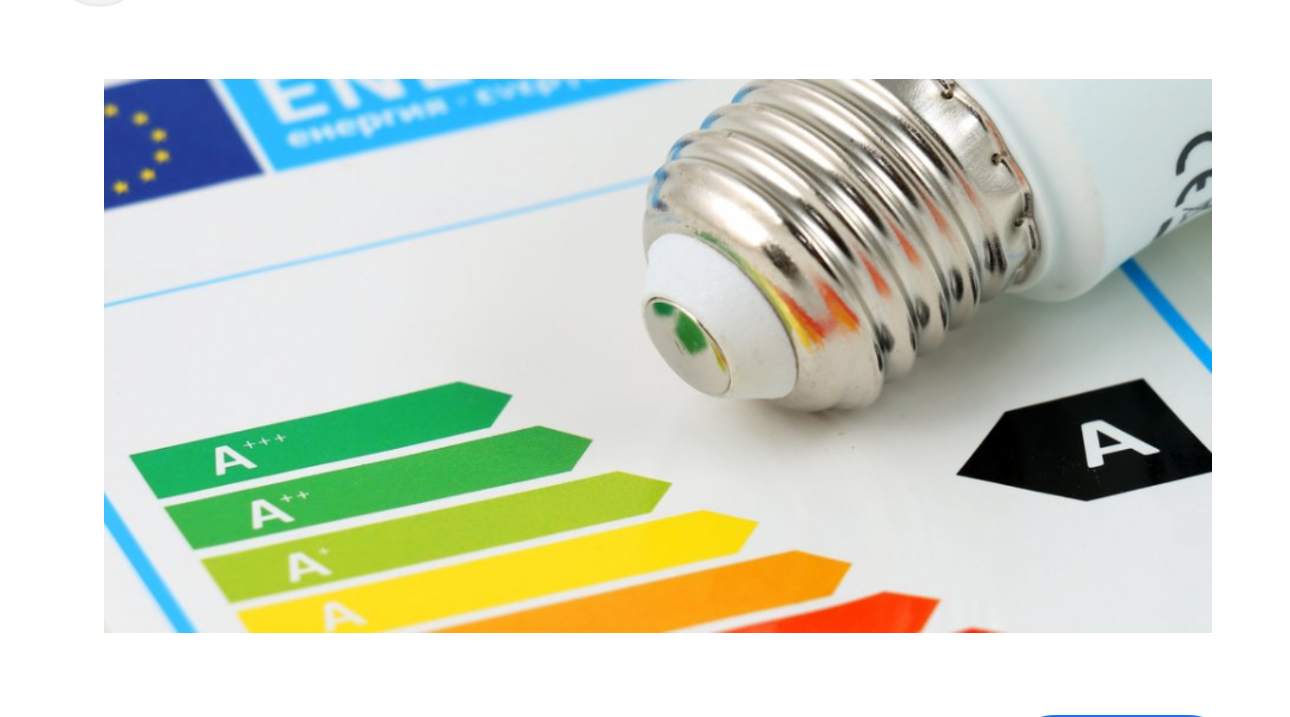Laboratory Furniture: Designing Safe and Efficient Workspaces
Laboratory furniture plays a crucial role in creating safe, functional, and efficient work environments for scientific research, education, and industrial testing. Unlike standard office furniture, laboratory furniture is specially designed to meet the unique demands of laboratory settings, including exposure to chemicals, heat, and heavy equipment. Its design focuses on durability, ergonomics, and safety, ensuring that scientists, researchers, and technicians can perform their work effectively.
A typical laboratory setup includes benches, storage cabinets, fume hoods, stools, shelving units, and specialized workstations. Each component serves a specific purpose. Laboratory benches, for example, are designed to withstand chemical spills, heat, and mechanical impact. They are often made from materials such as stainless steel, phenolic resin, or epoxy, which offer resistance to corrosion and easy cleaning. Fume hoods, another essential element, protect users from hazardous fumes and airborne particles, maintaining a safe working environment.
Storage is…


ZeroMOUSE – Next-Generation AI Cat Flap Add-On
ZeroMOUSE is a clever, user-friendly solution designed to keep your home clean and pest-free while letting your cat roam freely. By attaching the ZeroMOUSE module to an existing microchip-enabled cat flap, users can instantly upgrade to an intelligent, prey-detecting entry system — no need to replace the entire door.
At its core, ZeroMOUSE uses artificial intelligence trained on over half a million images of cats returning from the hunt. If the AI detects prey — such as mice, birds, frogs or lizards — in your cat’s mouth, it automatically locks the cat flap and prevents entry. This helps ensure “no mouse in the house.” In addition, the system features night vision so it works 24/7, and is compatible with most major microchip-cat flap brands, making installation a quick, hassle-free process of just a few minutes.
ZeroMOUSE promises a worry-free pet door experience, offering pet owners reliable prey detection, simple installation, and seamless integration into existing setups. With a 60-day money-back guarantee and thousands of satisfied customers worldwide, it offers an effective, elegant solution for anyone looking to keep unwanted visitors from entering their home — without restricting their cat’s freedom.
Website: https://zeromouse.ai/